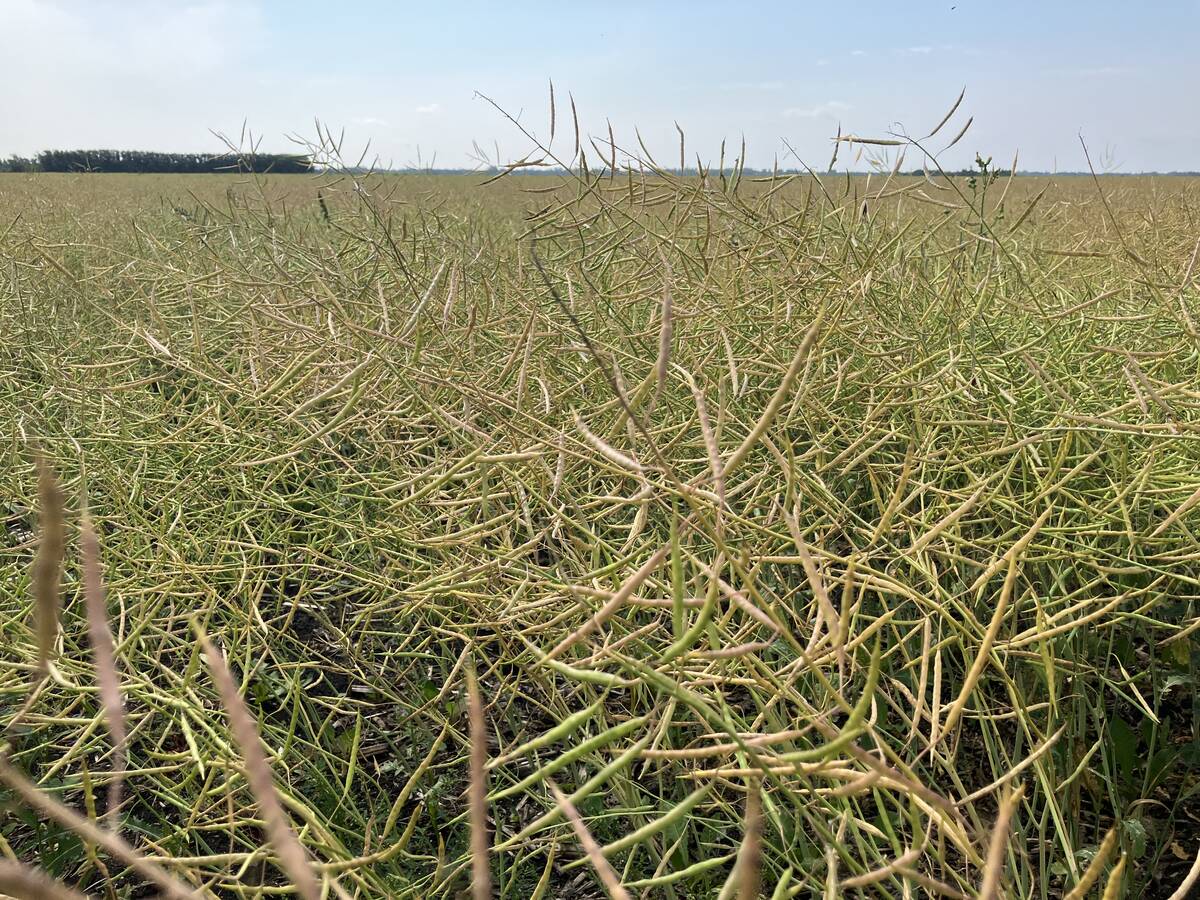Rural municipal taxpayers in Saskatchewan should notice at least one difference on their 2009 property tax bills.
After the provincial government last spring announced it would pay more of the Kindergarten to Grade 12 education cost, that part of the bill has dropped substantially for most ratepayers.
However, some could still see overall property tax hikes due to rising assessment values.
The province acknowledged that in a news release it issued last week to highlight the education tax reduction.
“If residents were impacted by increased assessments, they will notice that this increase has been significantly offset by a reduction in education property taxes,” said the release.
Read Also

Bigger harvests increase Chinese market’s importance
As official estimates show an ample and price-depressing supply of grain and oilseeds being harvested in North America, it is imperative to restore access to China’s market.
The province instituted province-wide education tax mill rates for residential, commercial and agricultural property after its March budget.
The rate on agricultural land is 7.08 mills this year and will drop to 3.91 mills in 2010.
Residential education tax rates are 10.08, dropping to 9.51.
The government provided several examples of how the changes affect landowners.
In the Rural Municipality of Cupar, the education tax levy on 10 quarters, assessed at 249,200 in 2008, was $3,005.
The taxable assessment went up 8.4 percent this year, but the education tax levy dropped by 36.4 percent. The savings are $1,092.
In the RM of Webb, the education tax on the same amount of land, assessed at 220,000 last year, was $2,763. The taxable assessment increased 13.3 percent but the education tax dropped by 36.2 percent, for a saving of $999.
In both cases, the 2008 figures were calculated after the former 47 percent education tax property credit was applied.
David Marit, president of the Saskatchewan Association of Rural Municipalities, said agricultural landowners are happy to be paying less education tax.
But he noted that because assessments went up this year, some might not see much change on their total bill.
Assessments are updated every four years, said Irwin Blank, chief executive officer of the Saskatchewan Assessment Management Agency.
In 2009, property assessments moved from the old base date of June 30, 2002, to June 30, 2006, he said.
The average increase across all property classes due to the reassessment was just more than 30 percent.
“That doesn’t mean taxes would increase by 30 percent,” cautioned Blank.
Municipalities use that assessment base in combination with their revenue needs to set a budget and mill rate.
He said agricultural assessments were “very stable” after this year’s update. In previous revaluations there were often significant differences because SAMA used a system that factored local land sales into assessment.
In 2005 the agency adopted a productivity-based assessment system for agriculture lands to help mitigate shifts from one side of the province to the other.
Blank said properties most affected by the 2009 reassessment include hotels and motels, which saw their figures more than double.
Seasonal residential properties increased more than 60 percent to reflect the hot market.
Some rural residential properties also increased to reflect average selling prices. Location plays a big role in the price and assessment.
Marit said the overall increase in assessment this year means most RMs could hold the line on mill rates.

















